Hello feathered friends.
These are weeks 31 and 32 of my weekly walking and bird spotting diary. Period of extremely hot and dry weather continues. I spent less time outside than usual but I managed to cover some areas where I usually find most of the birds.
For this period, I have documented 25 different bird species, of which one is new.
African stonechat
They've become outnumbered by red-backed shrikes and moved closer to the populated areas.
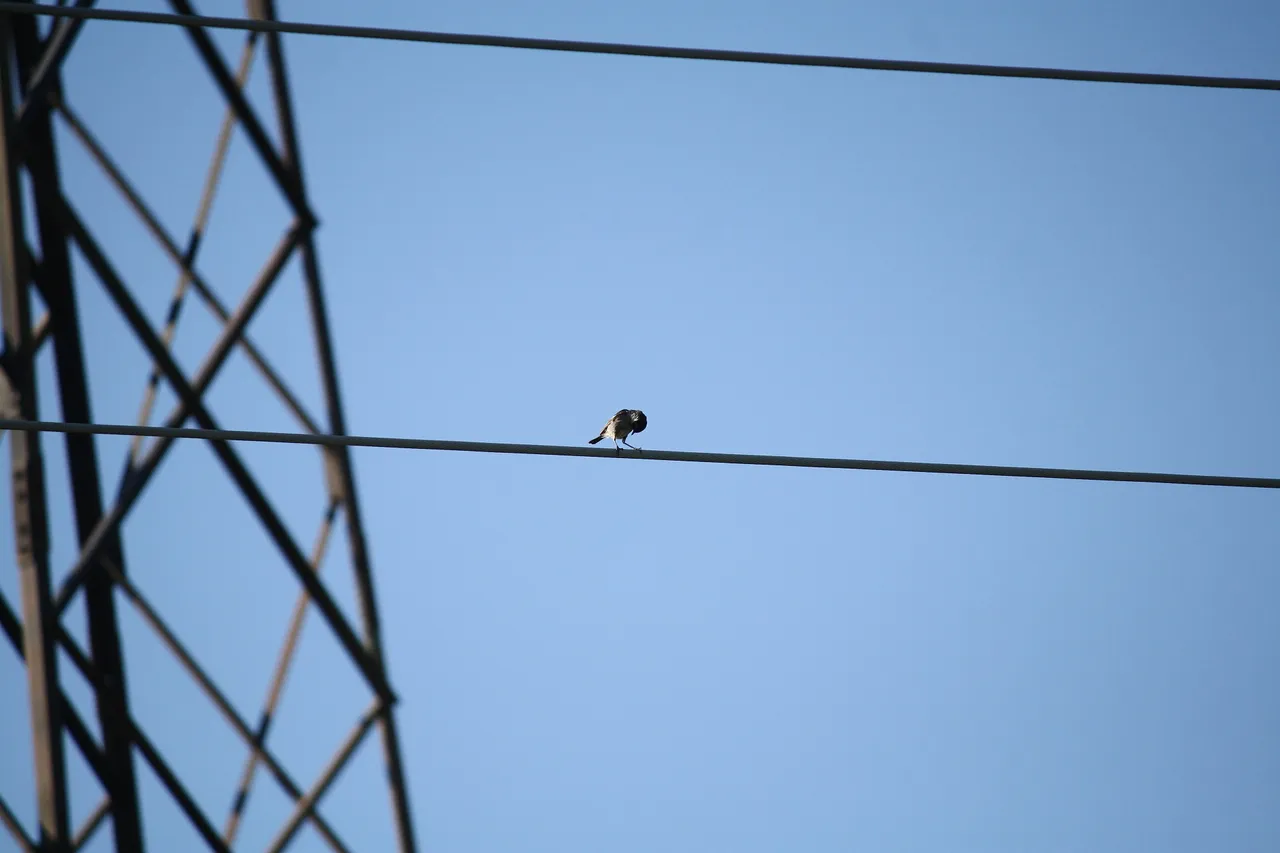
Barn swallow
Although they spend most of the time flying they can also be found on their favorite resting sports - transmission lines.
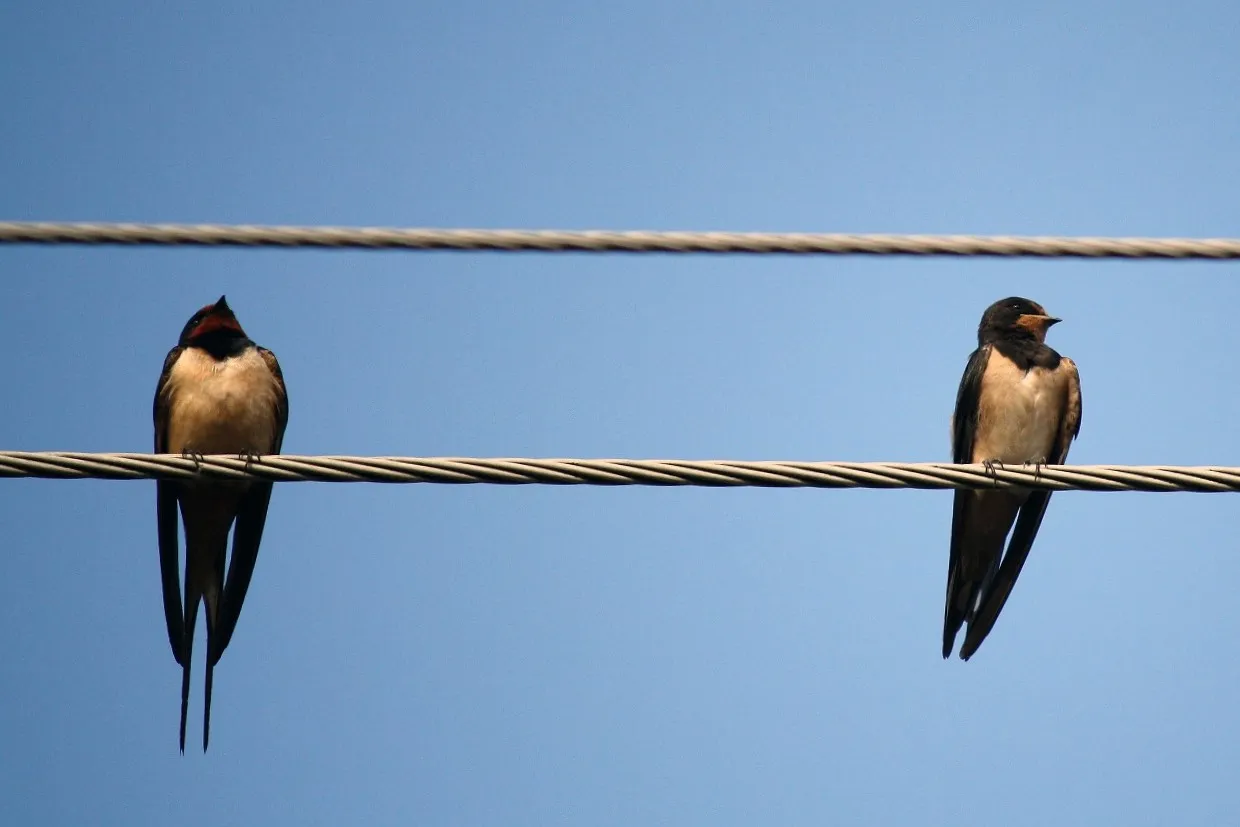
Black redstart
This female is almost always hiding on this roof. It is the perfect hiding spot because of its color.
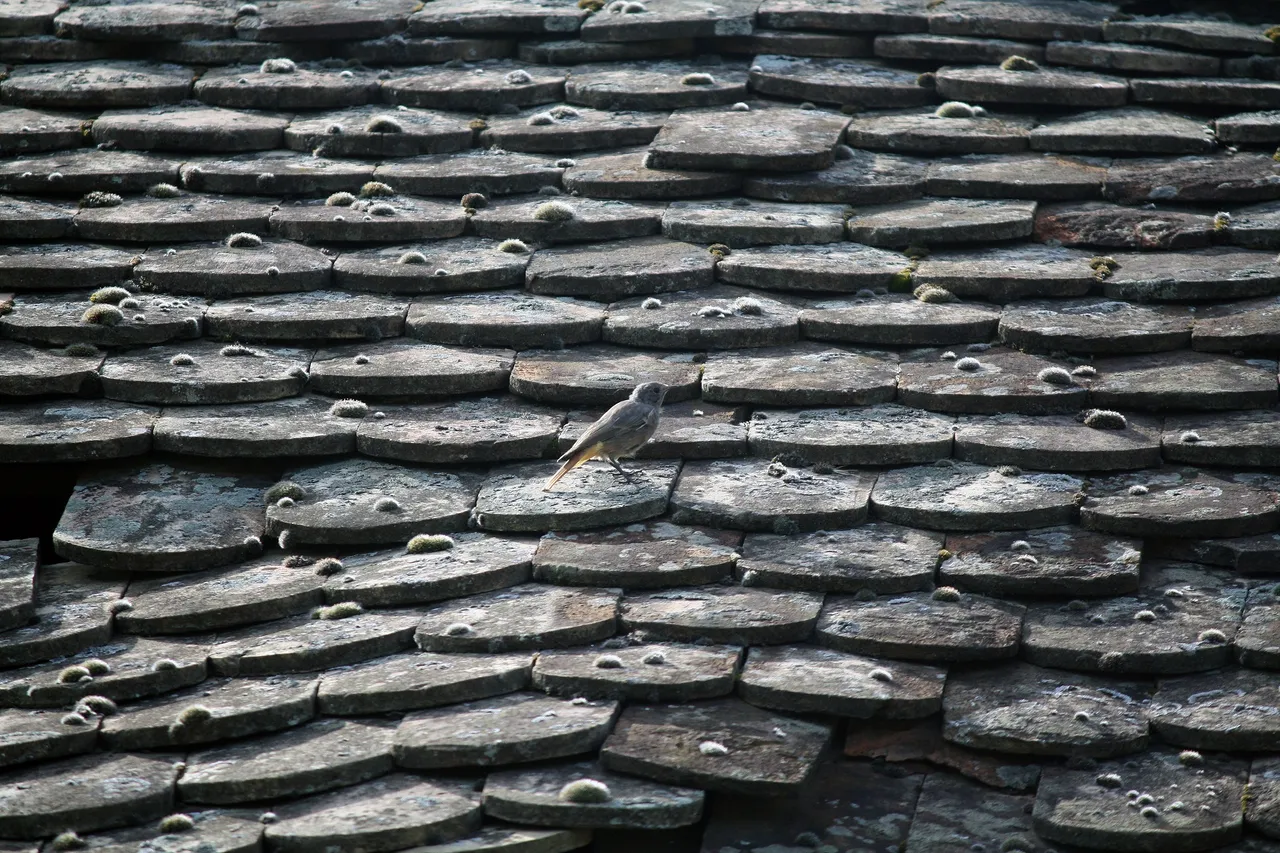
Black-crowned night heron
This juvenile bird is so cautious and always pays attention to its surroundings. Even at the slightest noise, it flies away from the reeds, far away from danger.
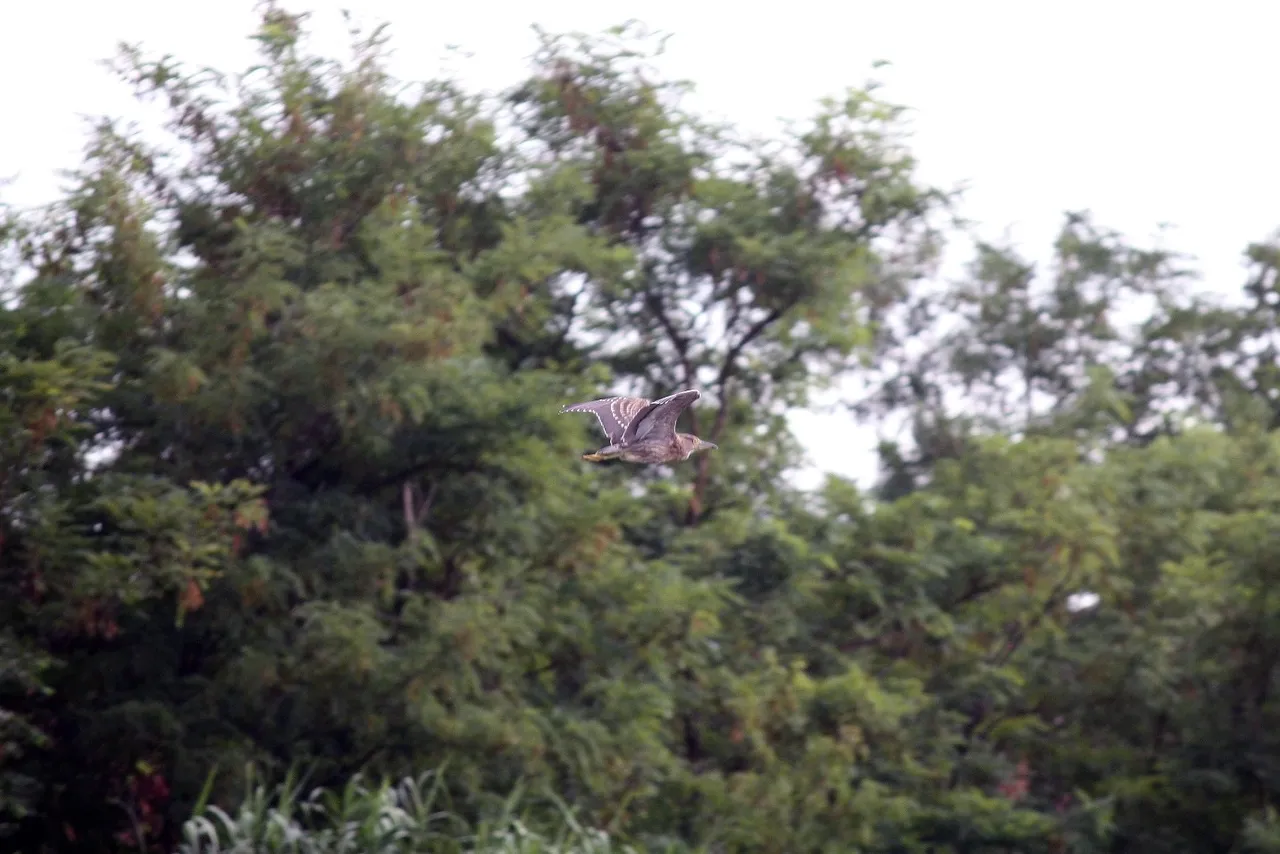
Common blackbird
Sometimes I wonder if they can fly. I see them on the ground all the time.
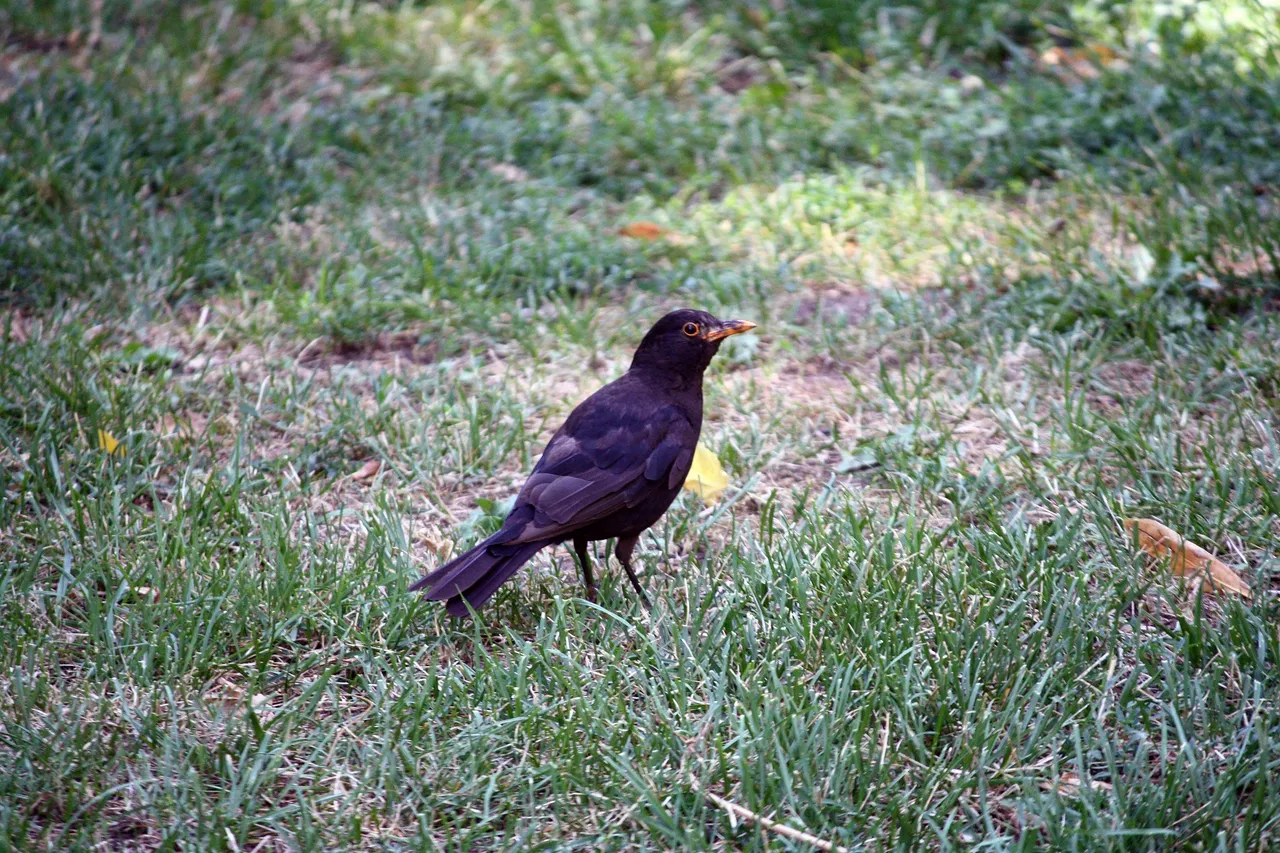
Common buzzard
It is now certain that they have appeared and that the nesting season is over.
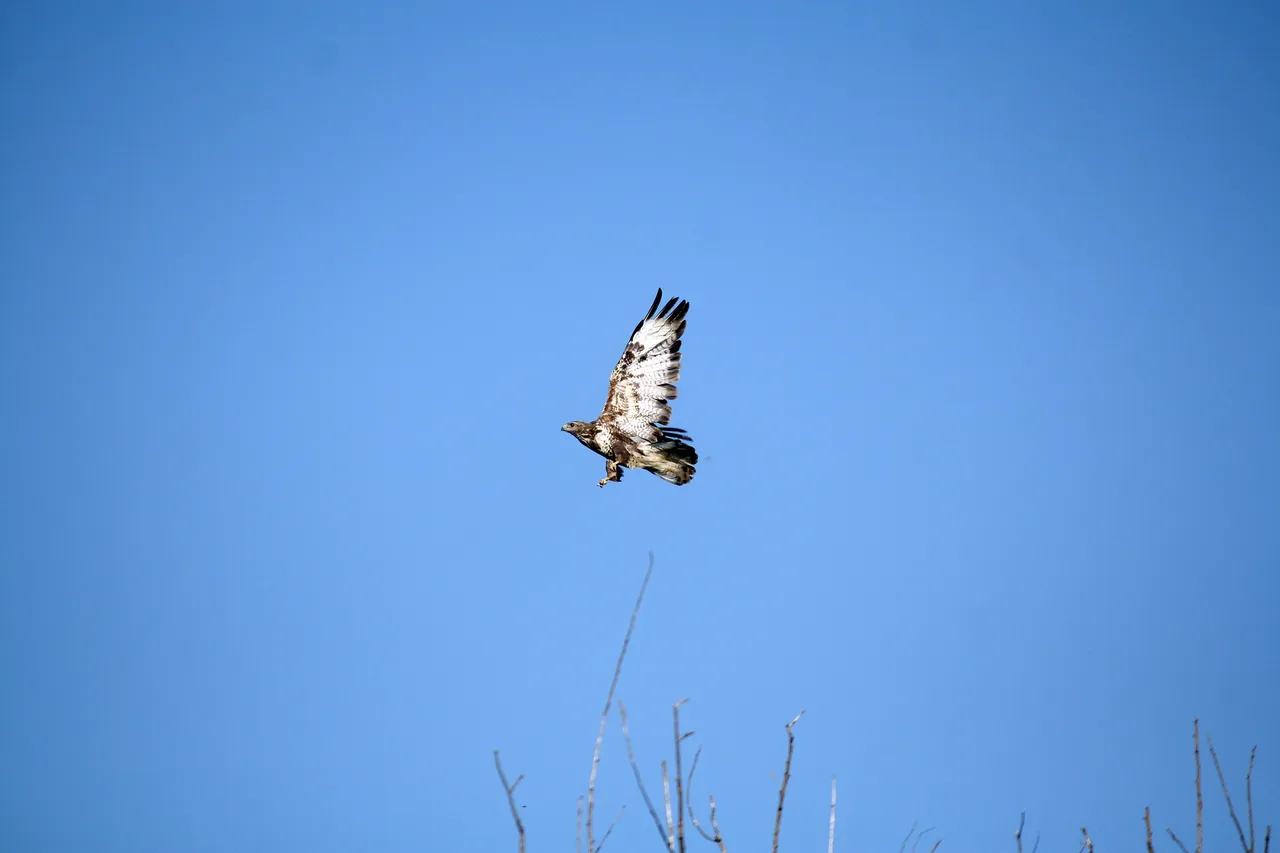
Common gull
They are most often in flocks or larger groups, and only occasionally are they as lonely as this bird.
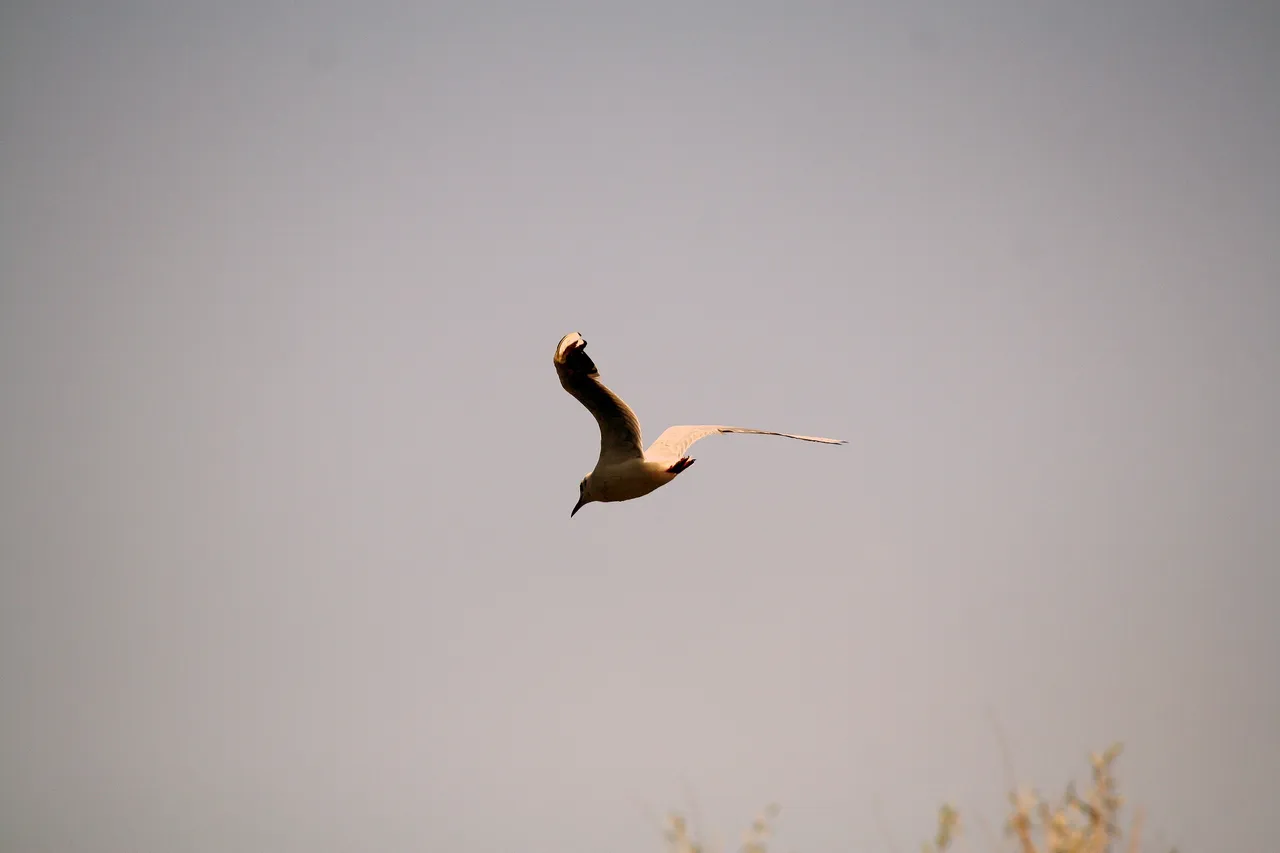
Common kestrel
New solar lighting is a complete hit for these birds that are increasingly staying on them.
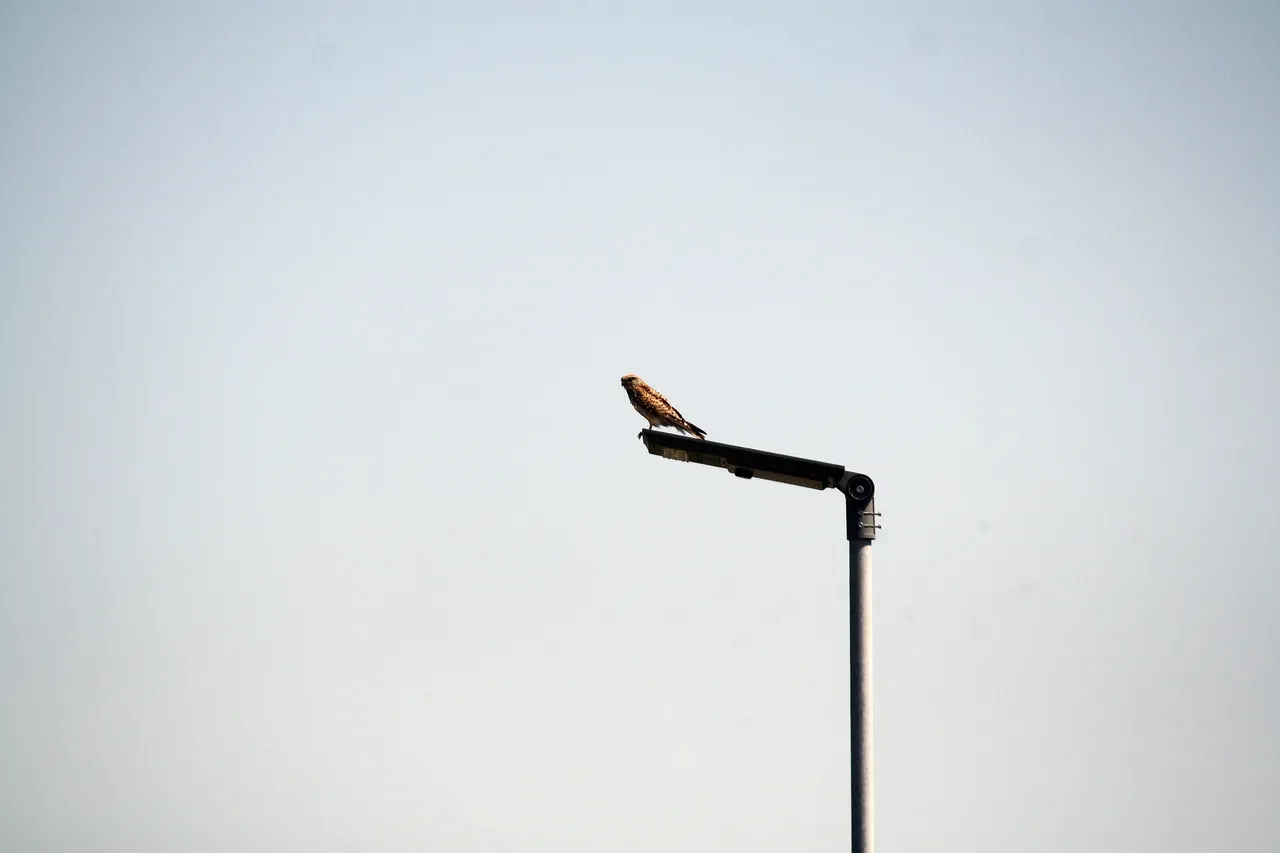
Eurasian collared dove
A couple in love looking at each other.
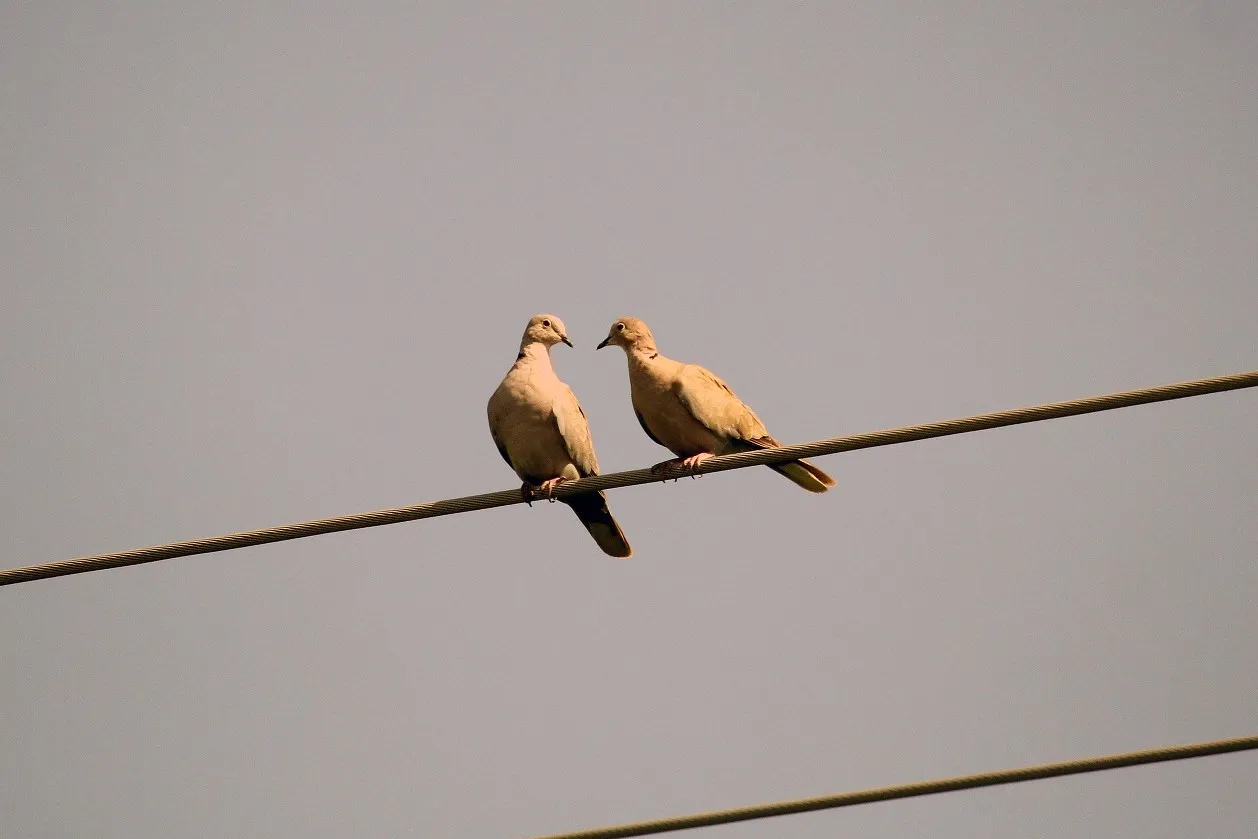
Eurasian coot
They spend most of their time hidden in a thick reed. Sometimes they can be seen looking for food.
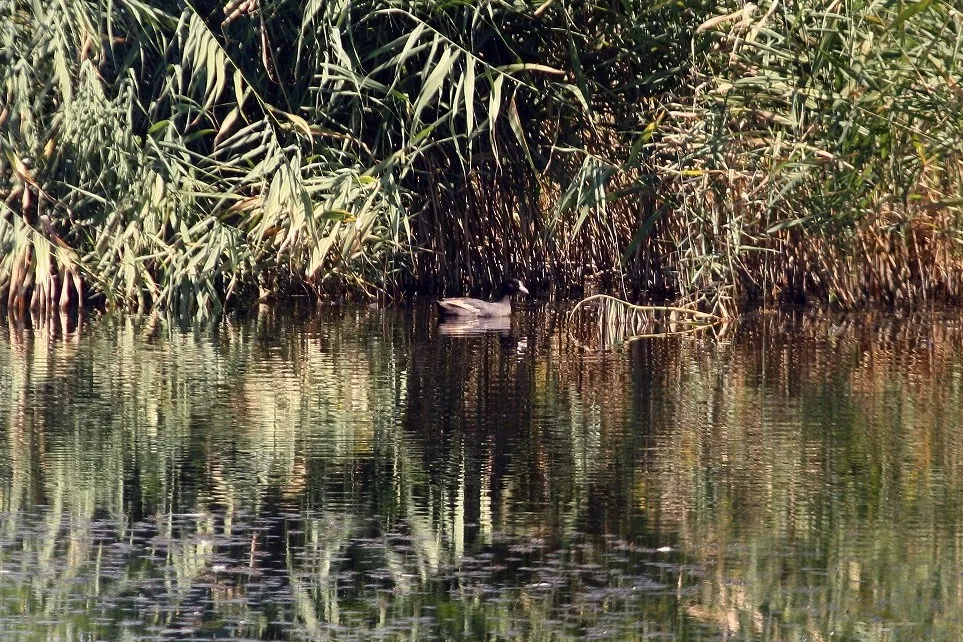
European bee-eater
I haven't seen them in a while because they changed location.
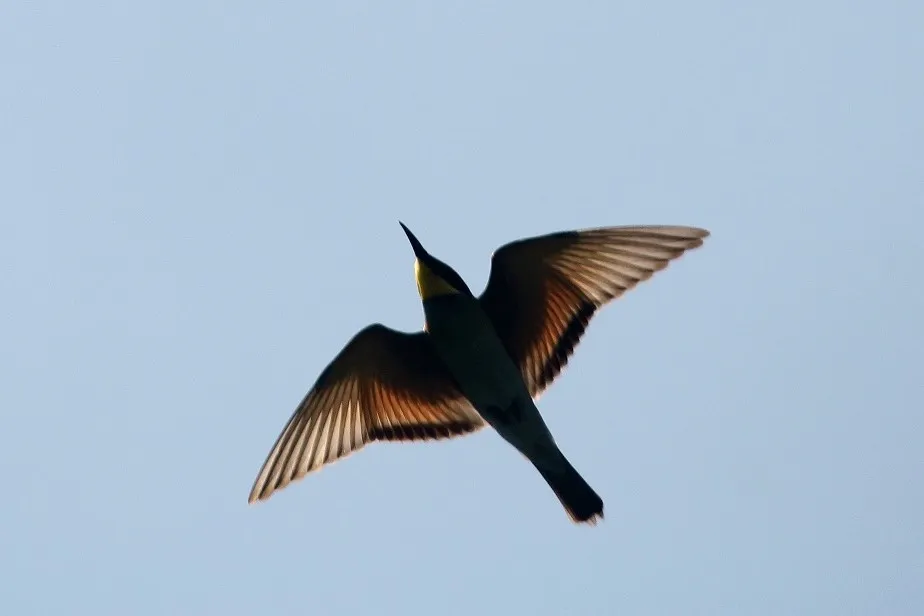
European greenfinch
They are almost always on top of the tree. Sometimes they are hard to spot.
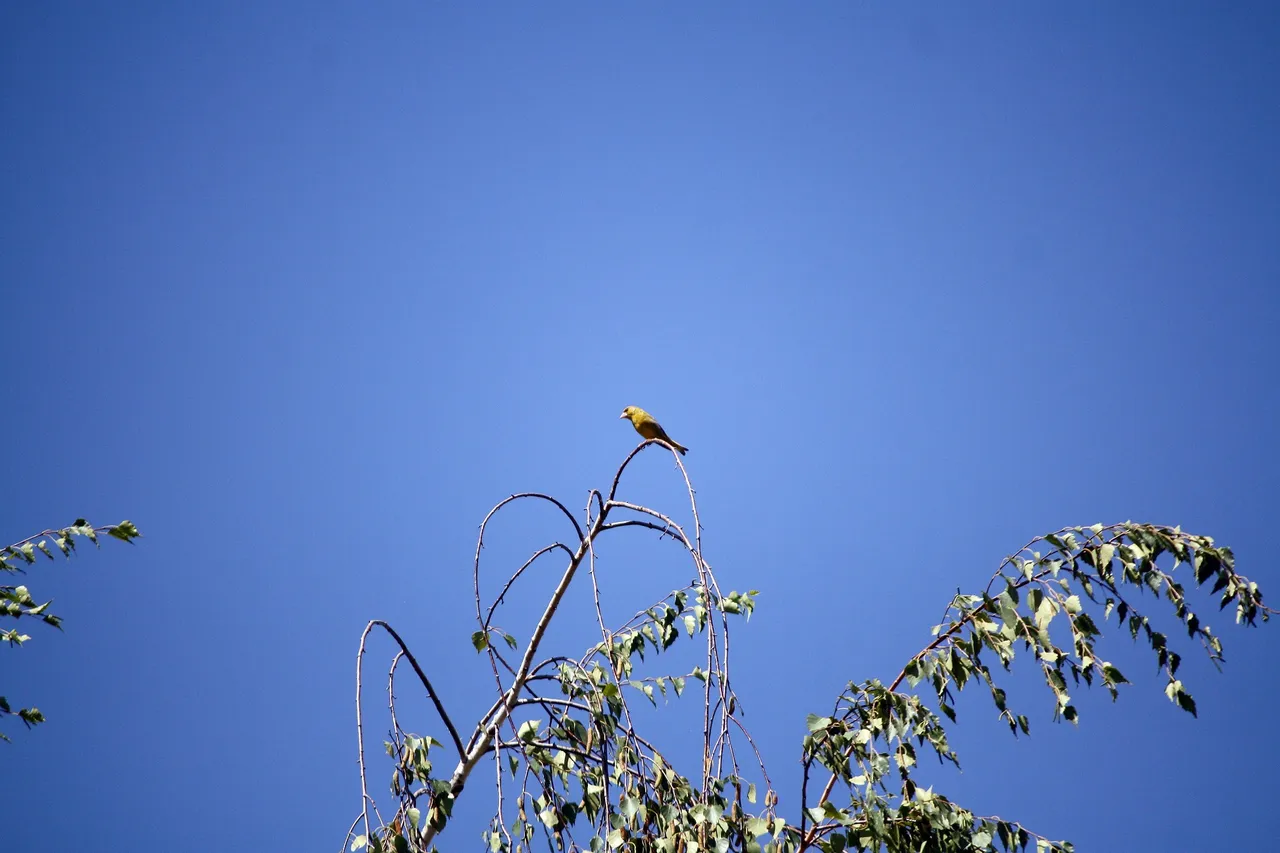
Great grey heron
It keeps avoiding me, and I can't get close enough to it.
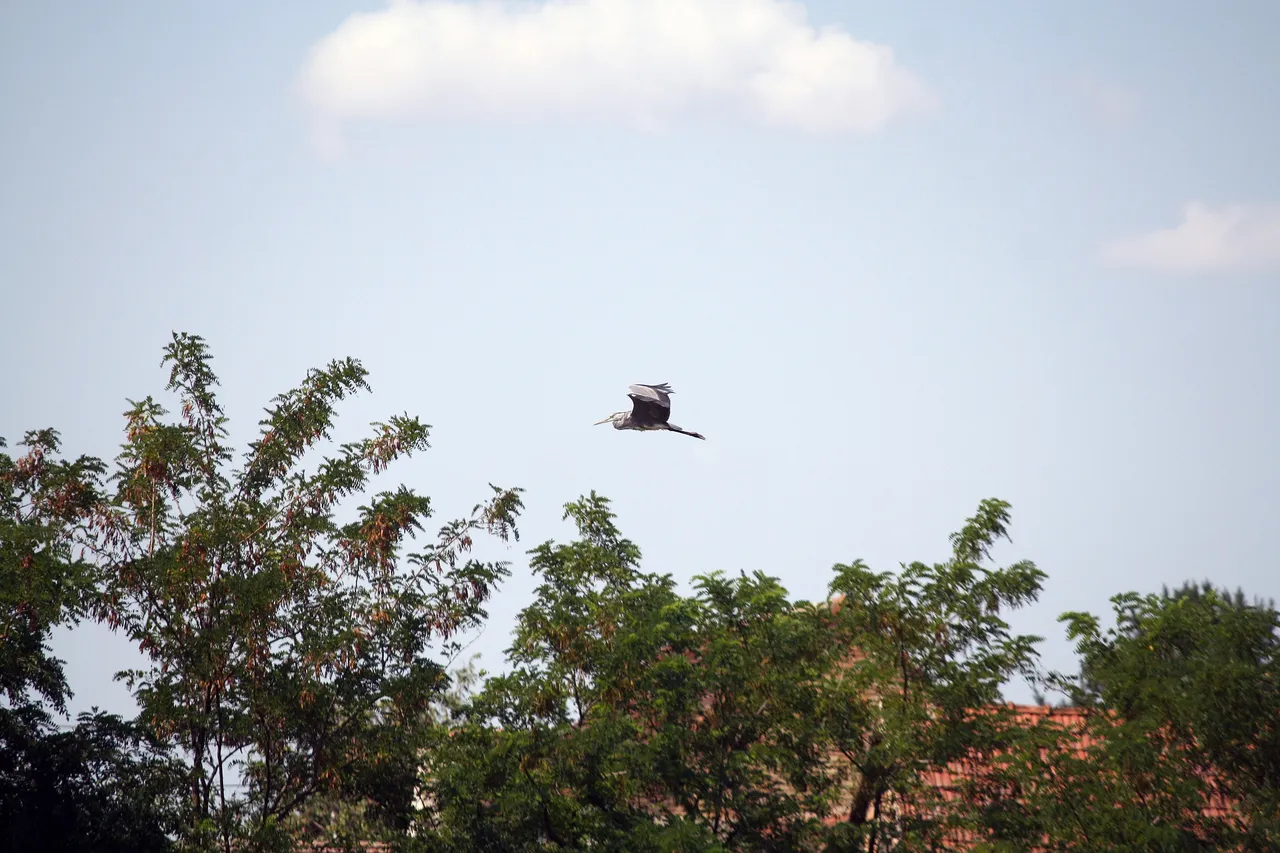
Hooded crow
Although it seems to perform acrobatics on a string with the help of a beak, it is simply just flying away.
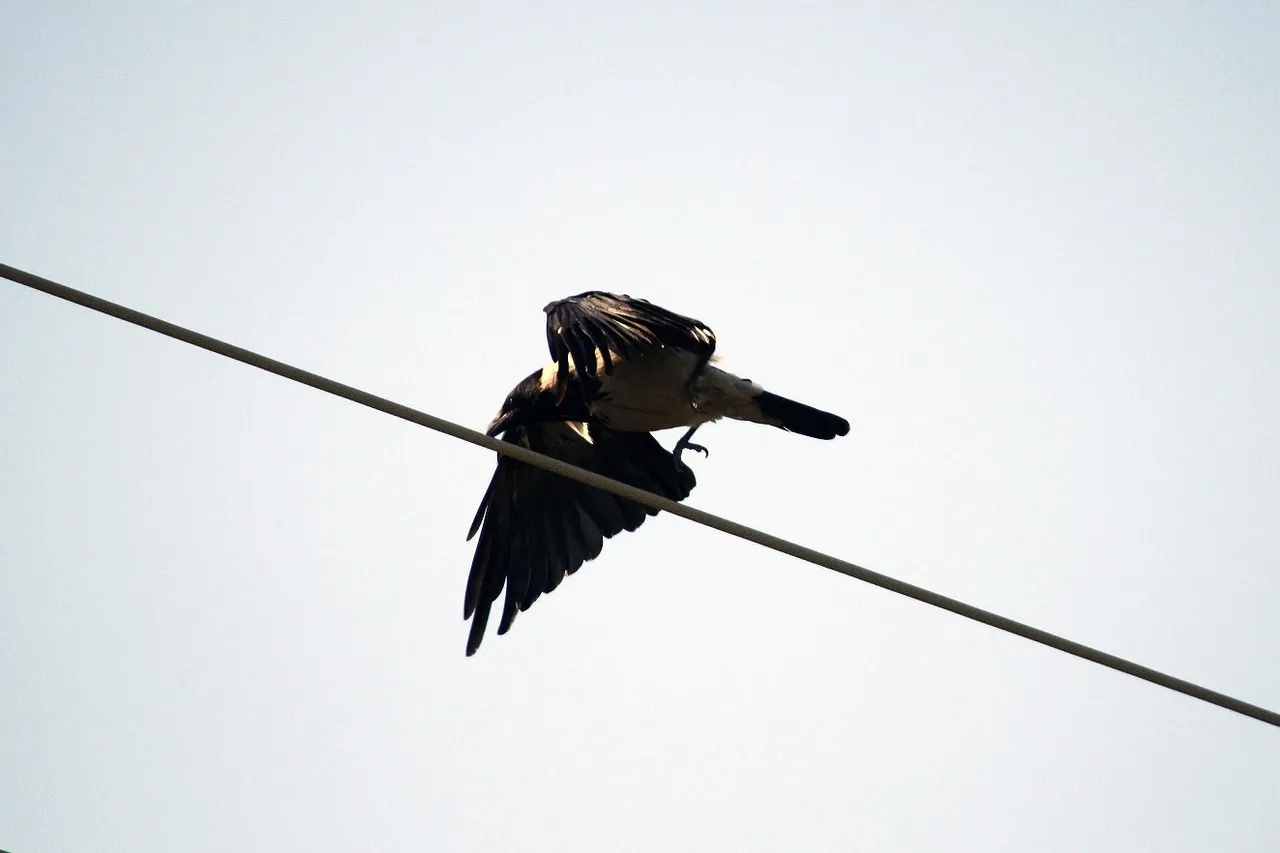
House sparrow
Female looking for food near the lake.
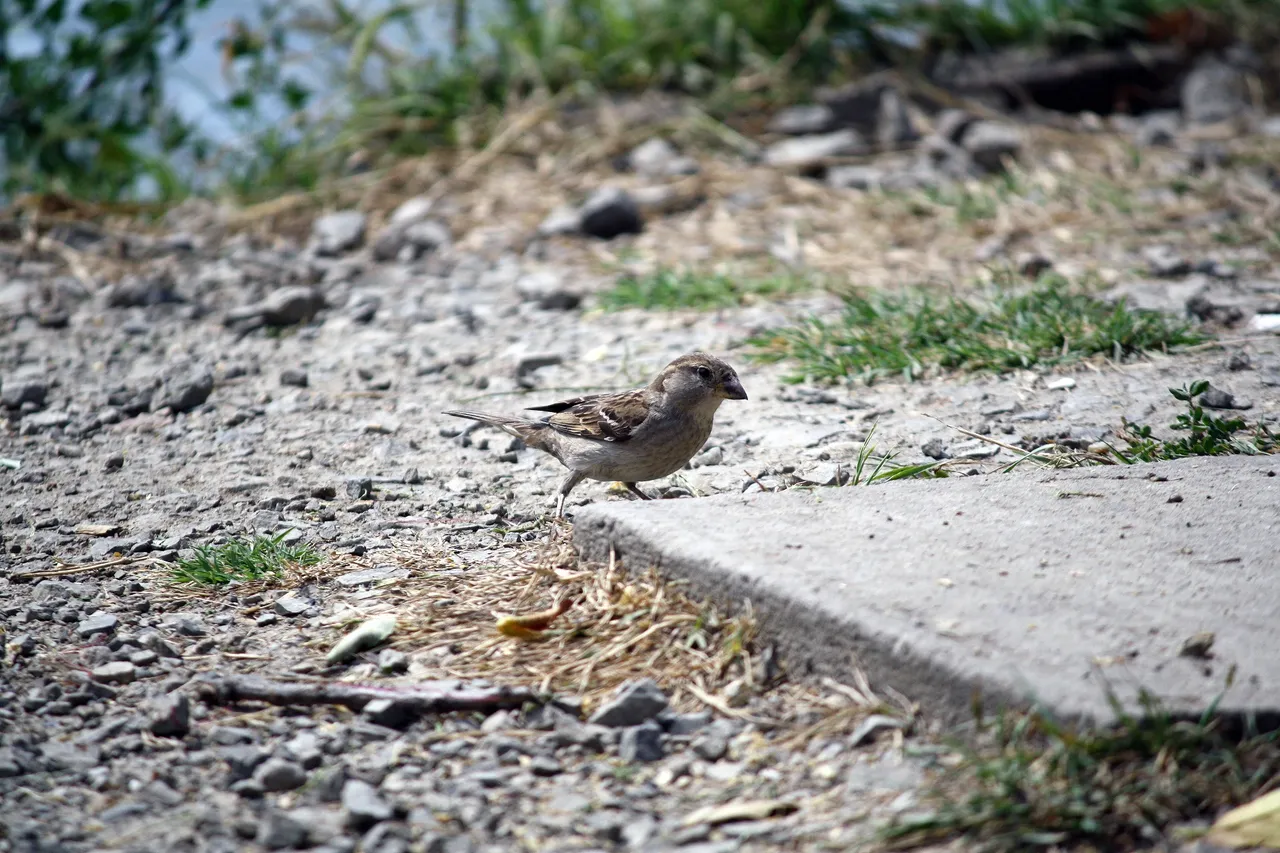
Little egret
Individual birds can be seen at several locations near the water.
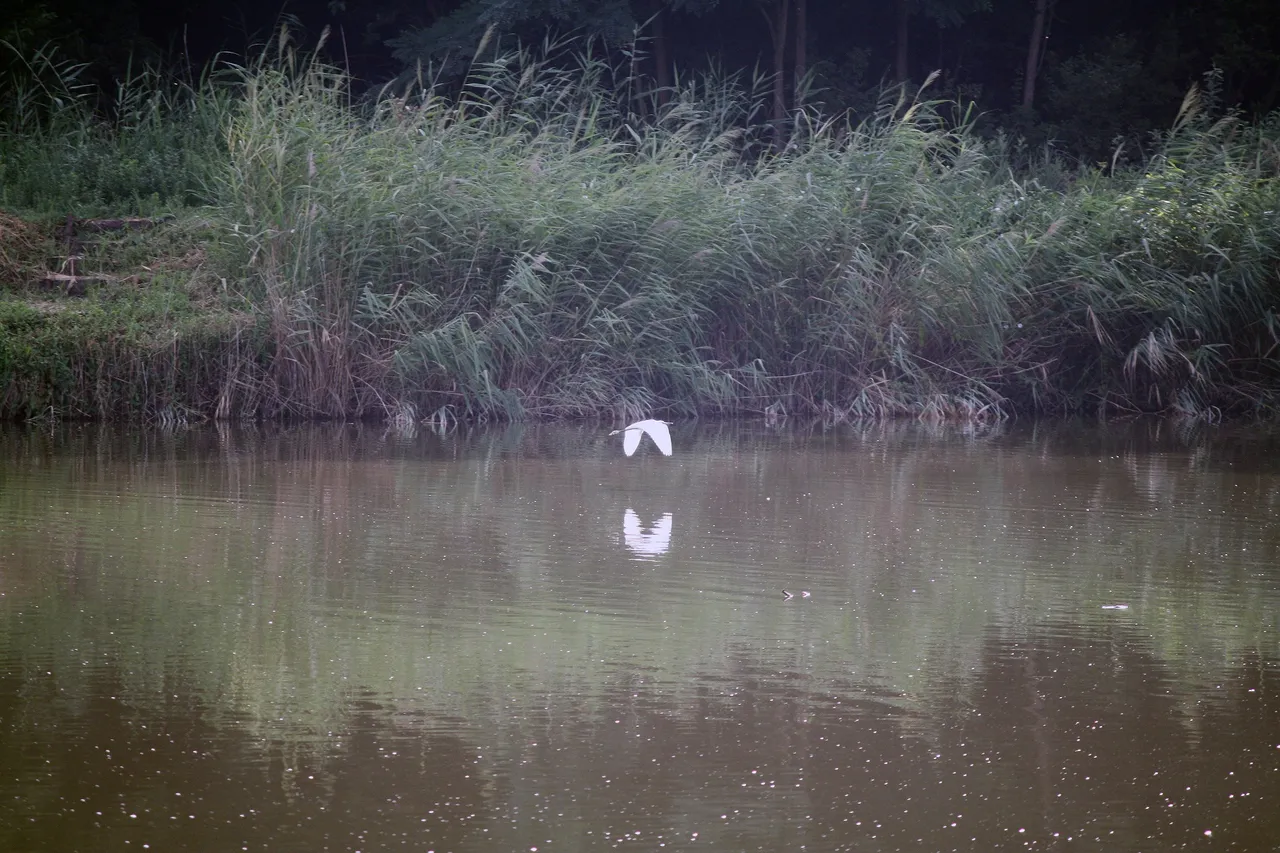
Magpie
Magpies have left populated areas and spend most of their time in the field. I rarely see them.

Red-backed shrike
They completely took over the locations they shared with African stonechats.
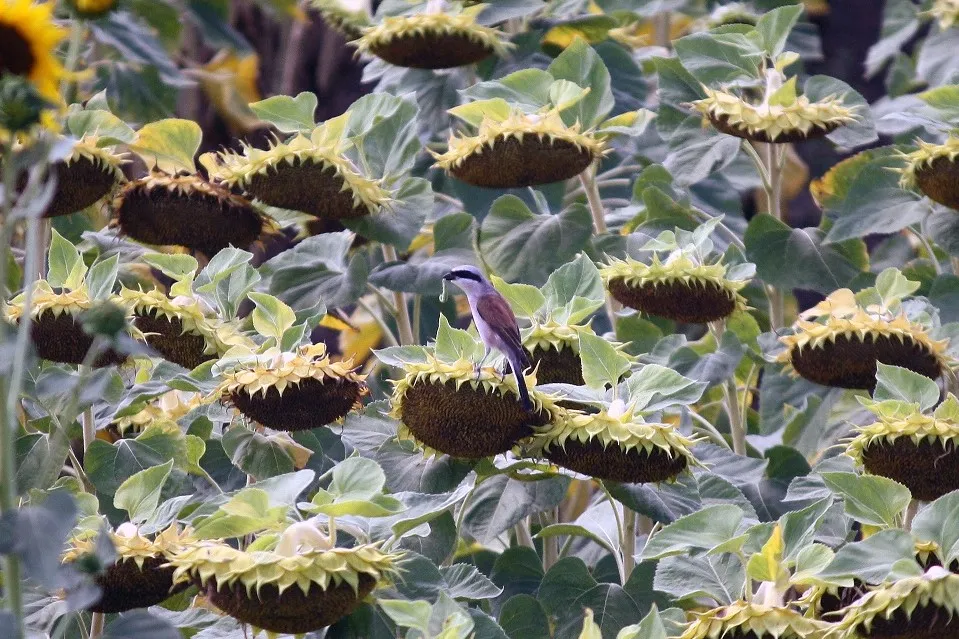
Rock pigeon
Like for most birds, a transmission line is an ideal place for pigeons to rest.
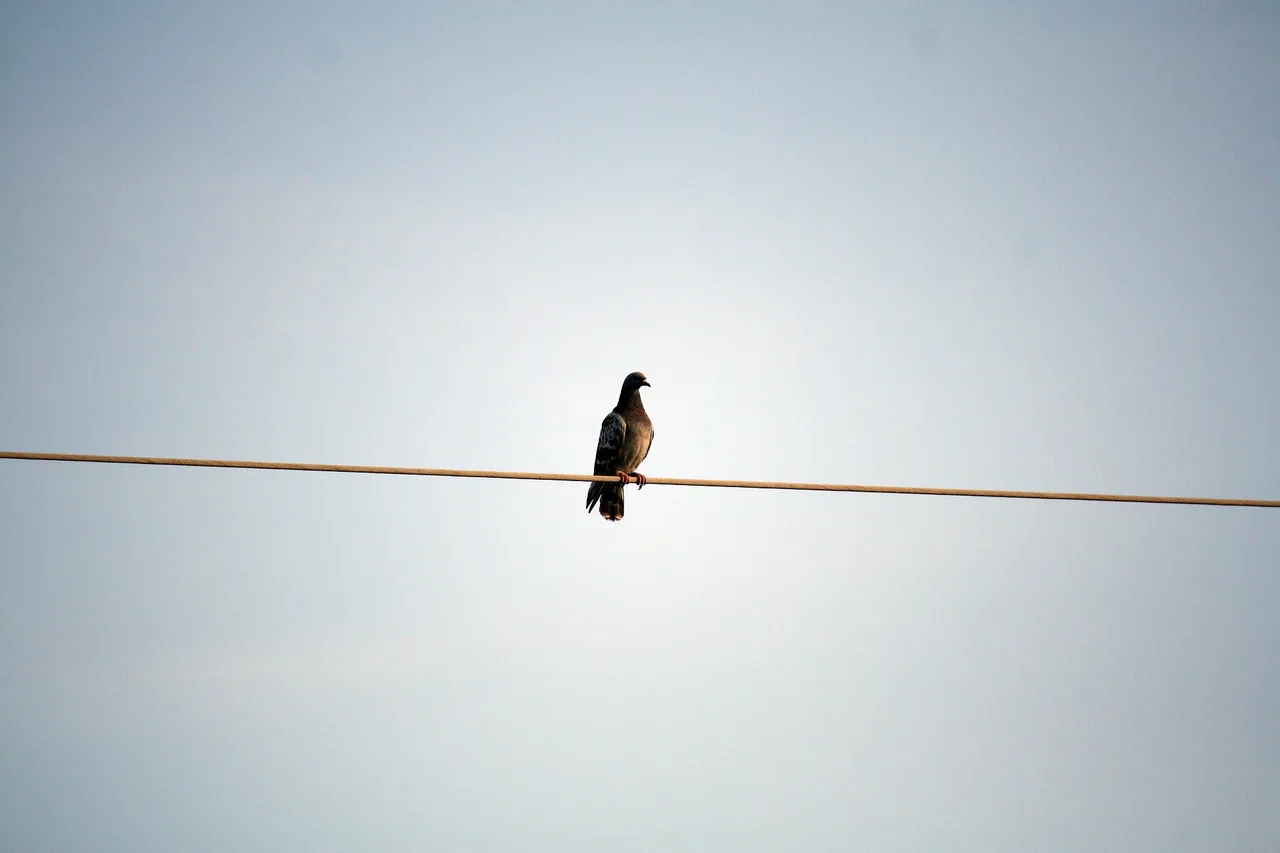
Rook
They formed large flocks and were often accompanied by hooded crows and jackdaws. Some birds are separated from the flock and solitary.
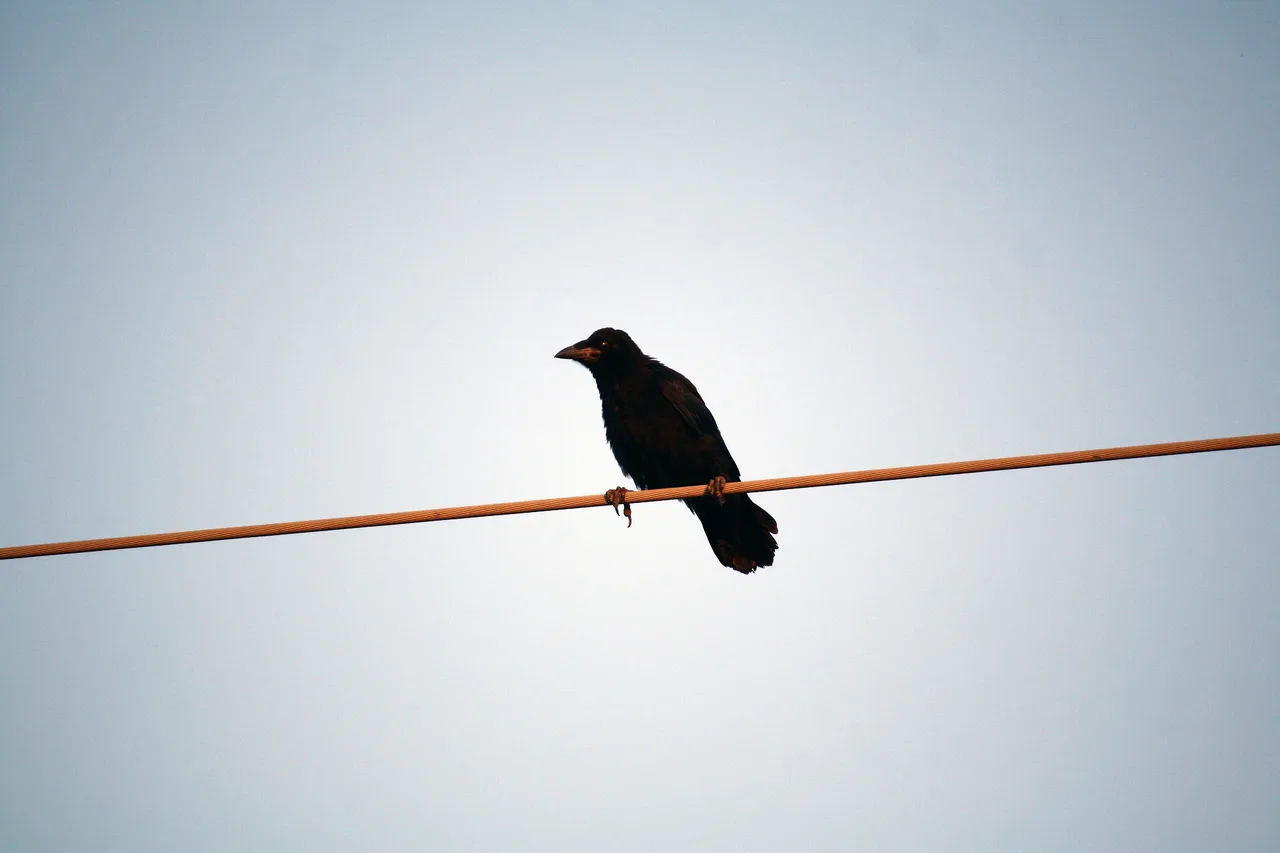
Squacco heron
At one location near the canal, I meet several birds at once. Like other herons, they are very careful and fly away at the slightest noise.
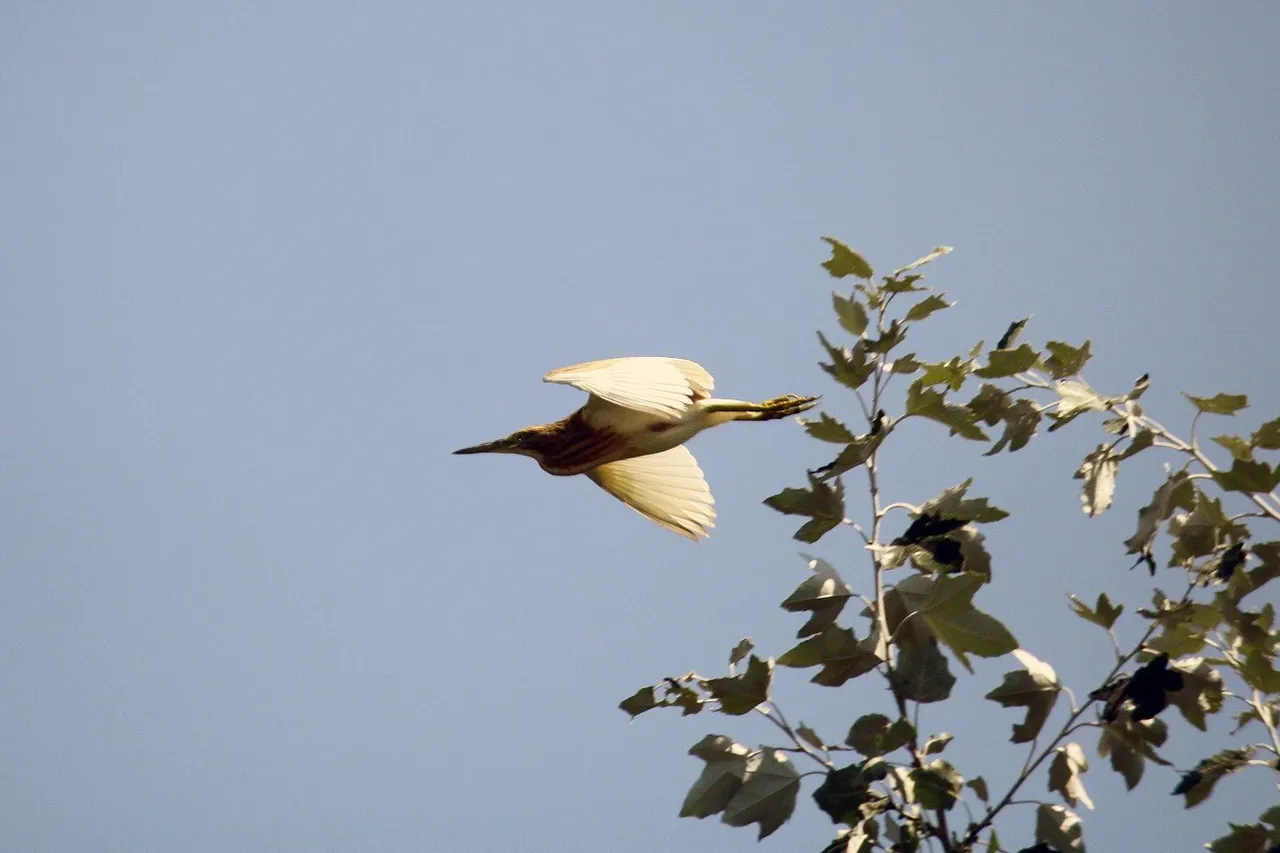
White stork
Fortunately, storks usually lay a few eggs because this one will definitely not hatch. I think it will eventually fall to the ground.
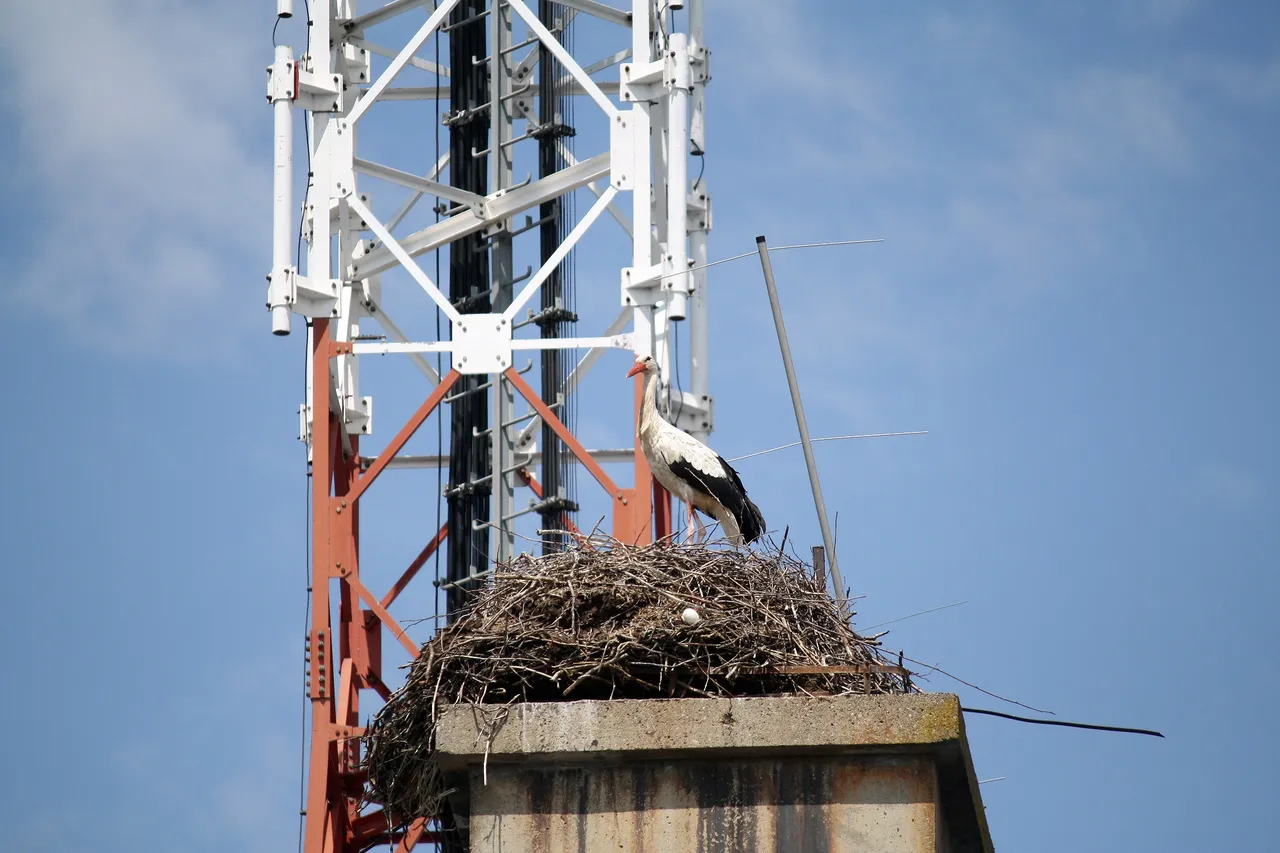
Wood pigeon
They are very active in this period despite the high temperatures. I see them most often in flight.
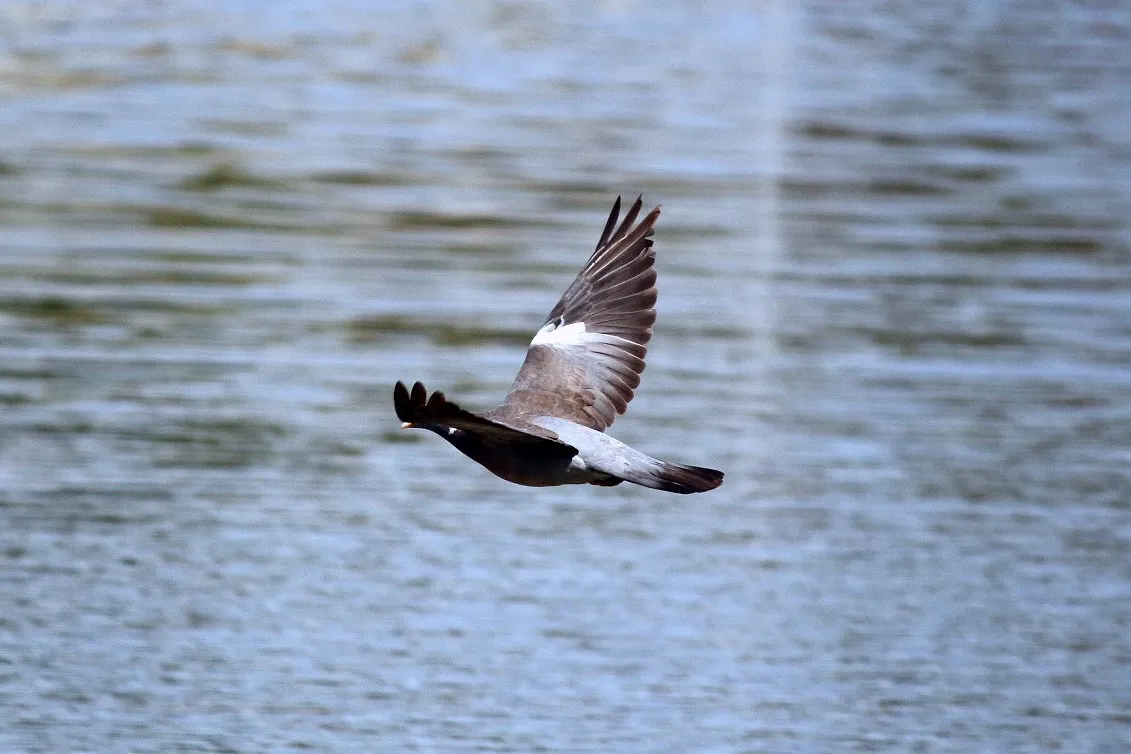
Wood warbler
This is a new species that I'm adding to the list. I did not expect to see it in these parts because it is mostly a mountain species.

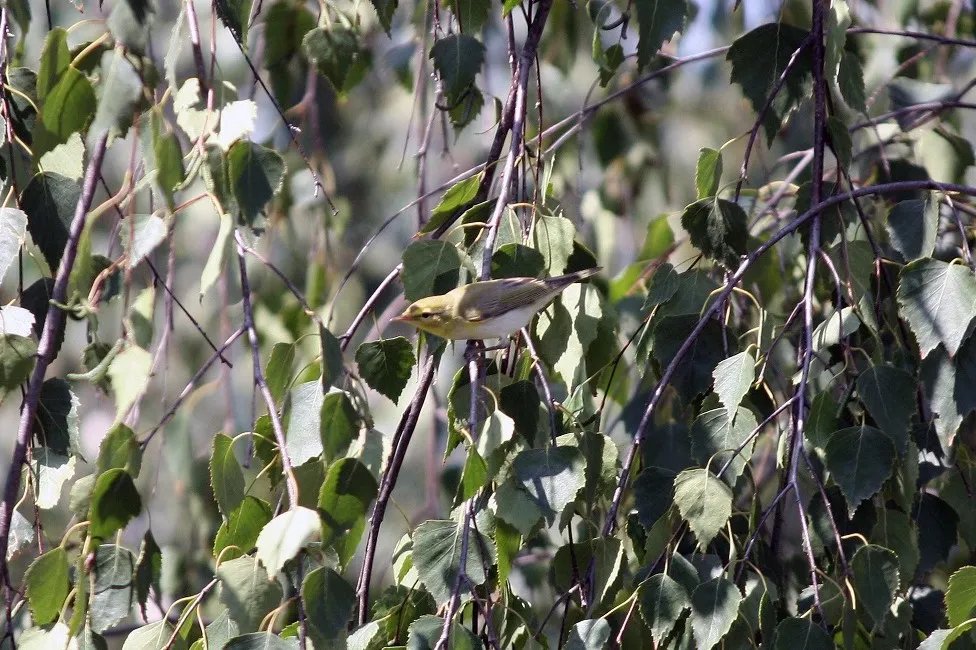
Thank you for stopping by and supporting my content!
